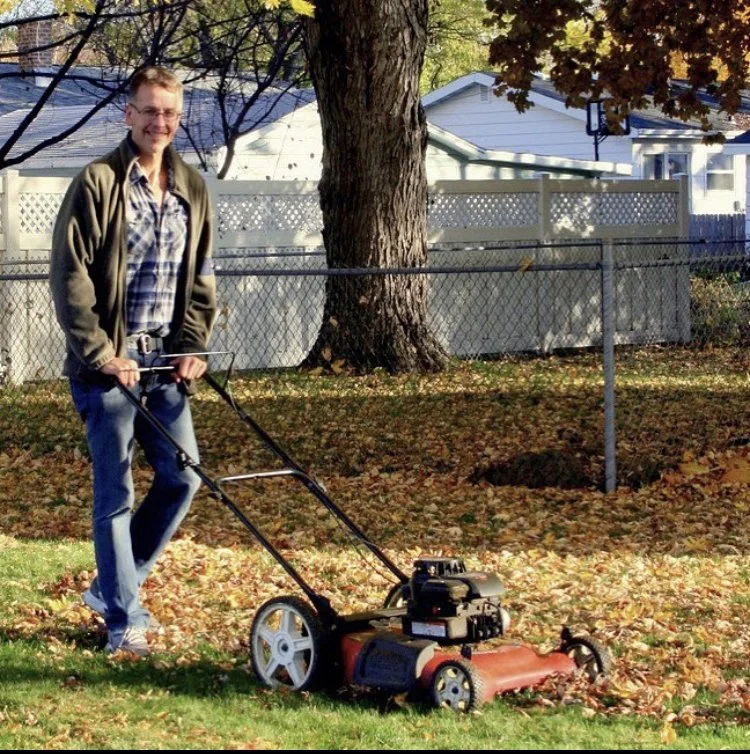Your Fall Yard Cleanup: Cheaper & More Eco-friendly
This colorful fall foliage makes our area beautiful this time of year. And yet, figuring out how to manage those leaves when they drop can fill homeowners with dread. Some good news—and news that is environmentally beneficial: you can mow the leaves in place on your lawn as a fertilizer.
Cecily Frazier, Rhinebeck Village resident and CCE Master Gardener explains, "Research shows that people can leave 3/4” of chopped leaves on the lawn safely. The materials reduce the need for fertilizer, and add tilth and water-holding capacity to the lawn."
We also encourage residents to not be too thorough in your fall clean up.
It turns out that the natural process of leaf litter is one type of litter that is good for our ecosystem! Cecily recommends, "If you put a collection of the leaves on garden beds around the edge of the lawn it can also help insects (millions and millions are dead and endangered due to climate change, habitat loss and overuse of pesticides) to survive and reproduce."
This includes:
queen bees
butterflies
fireflies
pollinators that provide 1/3 of all the food we eat
important insects that support in decomposition and the food chain—snakes (that eat mice and other rodents), birds (many of which die migrating to Latin America due to lack of enough food)
So put down those noisy, polluting leaf blowers, and mow-mulch in place! You'll save time, gas (especially if you switch to an electric lawn mower) and labor.
Cecily reassures, "We have done this in our lawn for probably 20 years without any detrimental effects. It is a win/win."
If your lawn is truly inundated with leaves, this technique may not work for you for the entire fall season. The Village Highway Department conducts Fall Clean up on a continuous basis between October 1st and December 1st of each year. Brush should be no longer than 3 feet so that the Highway Department can scoop it with the frontend loader. Just be sure to place leaf piles and brush piles in separate piles by your curb so as not to damage the leaf vacuum truck! All this material is recycled into mulch, which you can purchase in the spring (details here).
